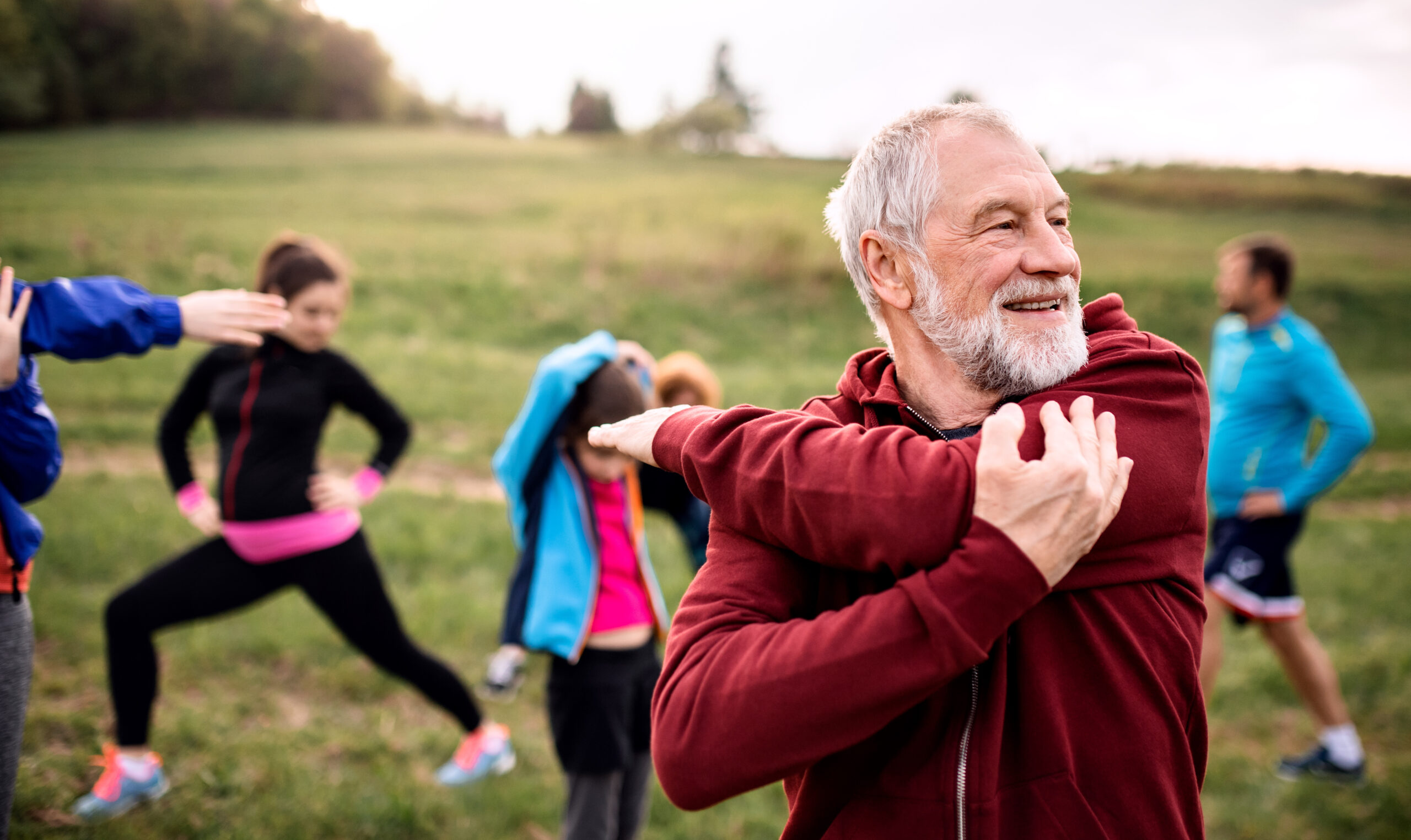The biggest trend in fitness this year is mobility training. While fitness experts have been discussing the importance of stretching and flexibility training for years now, it’s only recently that the focus has shifted to mobility training. Mobility refers to someone’s range of motion during activity. This means it’s a combination of strength and flexibility training. Muscles need to be strong enough to support independent movement, while flexibility allows muscles to stay loose. This takes a lot of pressure off joints, something that is especially important for seniors. What are some ways for seniors to improve mobility, and what are the benefits of mobility training?
Benefits of Mobility Training for Seniors
There are numerous benefits to improving mobility, especially for seniors. These benefits include:
- Improved posture, especially when standing or walking.
- Helps reduce muscle tension, reducing the amount of knots and injuries in muscles. This can help reduce the impact of a sedentary lifestyle.
- Reduces joint strain and tension, decreasing the rate of deterioration. This can reduce the amount of pain and inflammation seniors feel on a daily basis.
- Improves muscle strength and flexibility, allowing seniors to participate in a wider range of activities. This can also help prevent slip and fall injuries.
Training Routine for Seniors
Mobility Warm-Up Activities
The first part of any mobility routine is the warm up. The best way to warm up will depend on each person’s physical limitations, however we’ve compiled a list of the most common warm up techniques for seniors. These focus on low-intensity exercises that won’t put a heavy strain on the body while muscles are still cold. Warming up is an important way for seniors to improve mobility safely.
Low-Intensity Walk
A walk is one of the best forms of low-intensity exercises for seniors. They can not only choose the pace that feels best for them, they can also adjust the walk to be longer or shorter depending on their fitness needs. We recommend a 15-minute walk at a lower pace, which should be plenty to get the body warmed up and blood circulated.
Marching in Place
Marching in place is a great activity for those who can’t walk near their home. This exercise is pretty similar to walking in place, just bringing the knees up higher than a normal walk. Do for 2-3 minutes, take a short break, and do for another 2-3 minutes.
Lower-Body Mobility Exercises
After that, the focus will shift to the lower body. These will help release tense muscles and joints throughout the lower body, which can have an impact on the entire kinetic chain (the system connecting muscles and joints throughout the body).
One-Legged Stand/Rock The Boat
This is two different variations of a very similar movement. For both of them, you’ll stand next to a counter or other solid surface, and place a hand on it for balance.
For one-legged stand, you’ll raise one leg up and hold it in place for 10-15 seconds. This will help your balance and core strength.
For rock the boat, you’ll also raise one leg up, but only hold for 2-3 seconds before switching sides. Do this 5-10 times for each side, engaging your core throughout.
Calf Stretches/Ankle Rotations
For calf stretches, find a stable wall in your home and face it head-on from about 6 inches away. Put one foot up against the wall, toes slightly elevated with heel against the floor. Slowly lean forward, being sure to keep the leg against the wall fully extended. You should feel a stretch in that leg. Hold for 10-15 seconds and switch sides.
Ankle rotations can be done seated or standing. Raise one leg slightly into the air, and slowly rotate your foot as far as it goes in each direction. Do this for five full rotations, and repeat with your other leg.
Upper-Body Mobility Exercises
After that, we’ll shift to upper body exercises. These specifically target muscles in the upper body, helping build strength and flexibility. Not only will this help increase range-of-motion for a variety of everyday activities like grabbing things off high shelves, it will improve balance and stability throughout the body.
Wall Push-Ups
Find a stable wall, and face it head-on. Place two hands on the wall at the same height as your chest, with arms extended straight. Slowly lean forward into the wall, bending at the elbows. Push back with your arms, extending them straight again. Repeat 10 times (or until tired), take a break and do another 10 times.
Side Leans (Seated or Standing)
Sit or stand straight up. Raise your left hand straight up in the air as far as it can go. Hold for a second, then lean to your right until you begin to feel a stretch in your left side. Hold for 10-15 seconds, then switch sides.
Full-Body Mobility Exercises
Lorem ipsum dolor sit amet, consectetur adipiscing elit. Ut elit tellus, luctus nec ullamcorper mattis, pulvinar dapibus leo.
Knee-to-Chest (Seated or Lying Down)
This exercise can be done seated or on the floor.
For seated, sit flat on a chair with legs evenly extended. Raise one leg up to your chest while keeping the other flat on the floor. Bring it up as high as you can, then drop it and raise the other leg up. Do this 10 times on each side.
If you’re starting from on the floor, lie flat on your back with legs fully extended. Raise one leg up and bring it in to your chest, then extend it again and switch to the other leg. Do this 10 times on each side.
Side-to-Side Squat
Stand with feet a bit wider than your shoulders. Make sure you feel steady and balanced. Clasp your hands in front of your chest, and engage your core.
Now simply sink down on one leg while keeping the other straight. Sink down until you feel some resistance, being careful not to strain too hard. This should engage your leg muscles in the squatting leg, and your entire core. Stand back up straight, squat down on the other side, and repeat 8-10 times.




Leave a Reply